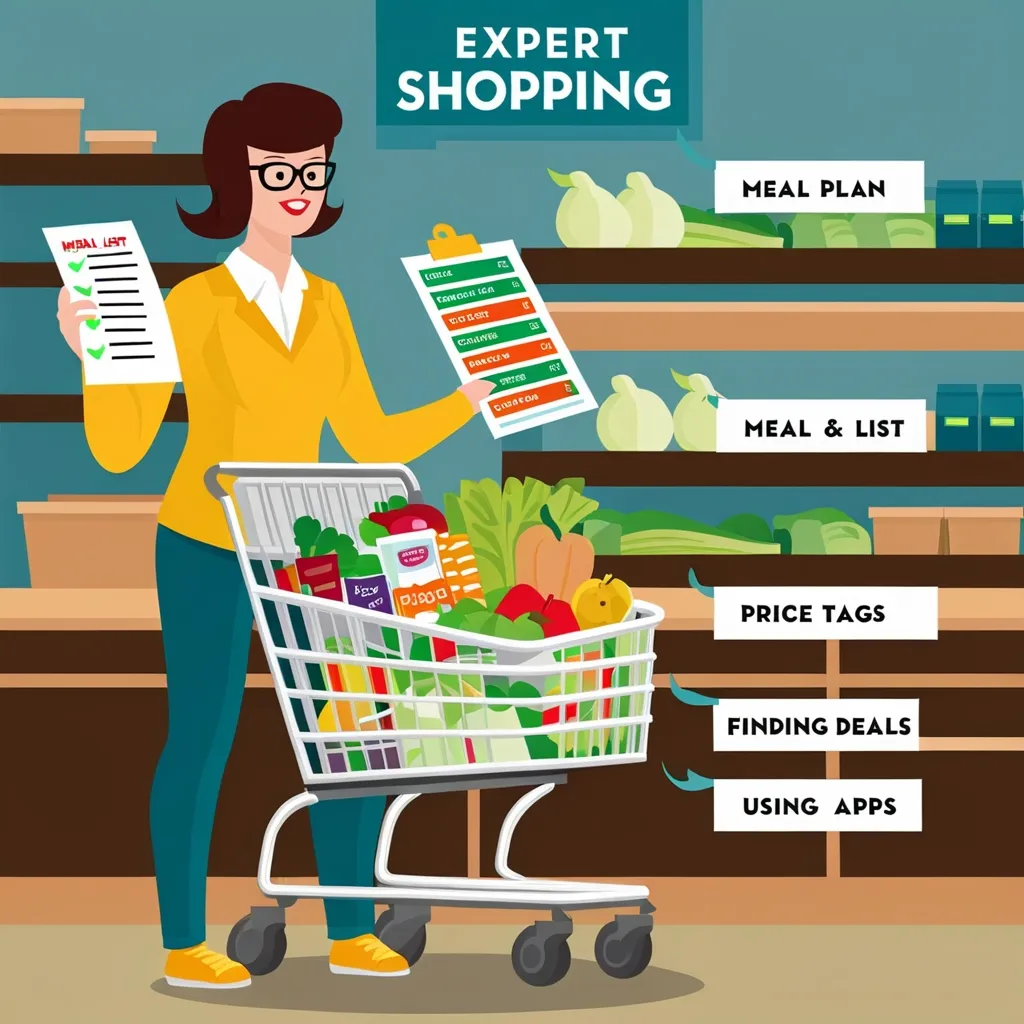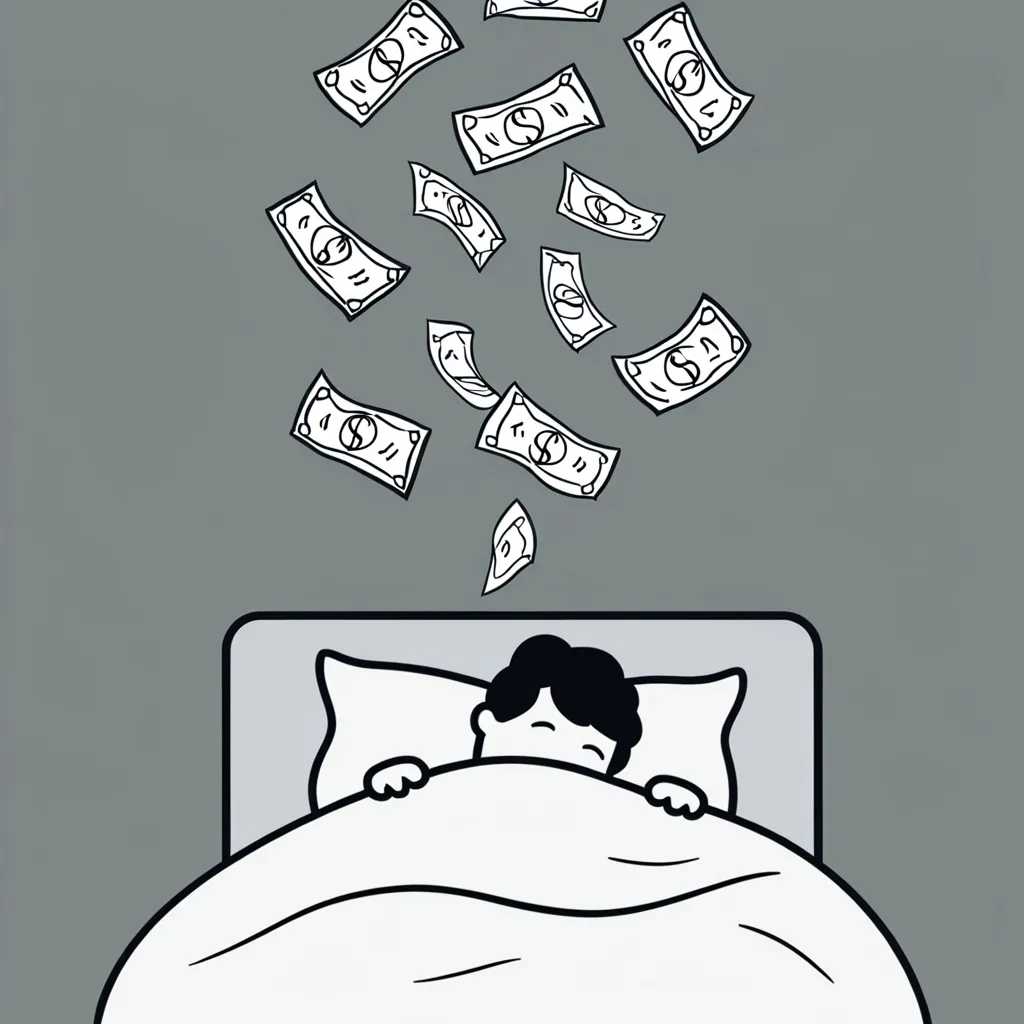Saving money on groceries is a struggle everyone seems to be dealing with, especially as the costs of food and living keep climbing. But guess what? A few simple tricks can really slash that grocery bill, making your shopping trips way more efficient and less stressful.
One game-changer is planning your meals ahead of time. It sounds basic, but deciding what you’re going to cook for the week can save you from those random store runs that lead to unplanned purchases. Plus, when you know what’s for dinner, you can build your shopping list around the stuff you already have and what’s on sale. Double win because you prevent food waste and make life less chaotic.
Before stepping out to shop, take a peek at what’s hanging out in your pantry, fridge, and freezer. Seriously, an app like Allrecipes can be your best friend, giving you recipe ideas based on what’s already sitting at home. This means you’re not buying doubles and cutting down on food waste.
A shopping list can be golden. Once you’ve got your meals planned and pantry combed through, note down the ingredients you need. The trick here is to religiously stick to this list when you’re in the store to dodge those unnecessary buys. If possible, shop solo. It’s easier to focus and less tempting to stray into the snack aisle.
Store sales flyers can be a hidden gem waiting to be mined. Align your meal plan with items on sale. Lots of stores out there have their own apps flaunting coupons, weekly specials, and even digital shopping lists. Apps like Flipp and Ibotta can uncover deals that help you save a pretty penny on essentials.
While at the store, eyeball the prices and unit costs. Sometimes, buying in bulk can be cheaper but make sure you’re not left with a surplus that’ll go bad before you can use it. Switching to generic or store-brand items is another cost-effective swap. These are often cheaper than name-brand but pretty much the same in quality.
Seasonal produce is another savvy move. Stuff that’s in season tends to be more abundant and hence cheaper. Farmers’ markets are cool alternatives for grabbing fresh, seasonal produce without burning a hole in your pocket.
Sometimes, making staple pantry items from scratch can be lighter on both your wallet and health. Homemade salad dressings, marinades, or pasta sauce can be crafted in a big batch and safely stored, sparing you frequent store runs. They usually skip the artificial stuff found in store-bought versions.
Coupons can be super handy but use them thoughtfully. Hunt for high-value coupons applicable to items you’re already planning to buy. Skip the ones that push you to buy more than what you need. Many stores offer digital coupons, simplifying the saving process without dealing with paper clipping.
Cutting down the number of trips to the store can help you avoid temptations. Fewer trips mean fewer opportunities for unplanned purchases. Aim for a once-a-week run and stick rigidly to your trusty list.
Mixing up where you shop can sometimes get you better deals. Discount stores, dollar shops, and international markets often sell staples like canned goods, spices, and condiments at more affordable rates. For instance, Asian supermarkets can offer lower prices for produce, meats, and rice.
Technology is your ally. Leverage apps to find deals, create digital lists, and keep tabs on loyalty points. Keeping an eye on social media for bargain tips can be very revealing. Some influencers are pros at stretching a dollar.
Even though online grocery shopping spares you the hassle, it can get costly. Steering clear of delivery fees and forced bulk buys can save you. In-store shopping lets you control costs way better.
Understanding how quickly you blow through certain items can be helpful. If something you use a lot of is on sale, buy in bulk, granted you’ve got the space to store it. But steer clear of buying excesses of perishables.
Shopping on less busy days, like Wednesday evenings, can keep you focused and snatch good deals as many specials kick off mid-week.
Finally, going the sustainable route can be both eco-friendly and cost-saving. Bring your own bags to skip paying for them. This tiny step can accumulate to meaningful savings over time.
By adopting these tricks, you could see a noticeable drop in grocery expenses. Start small, see what clicks with you, and stick with it. Whether it’s meal planning, couponing, or bouncing between varying stores, every little effort counts when it comes to cutting down that grocery bill. Happy shopping!






